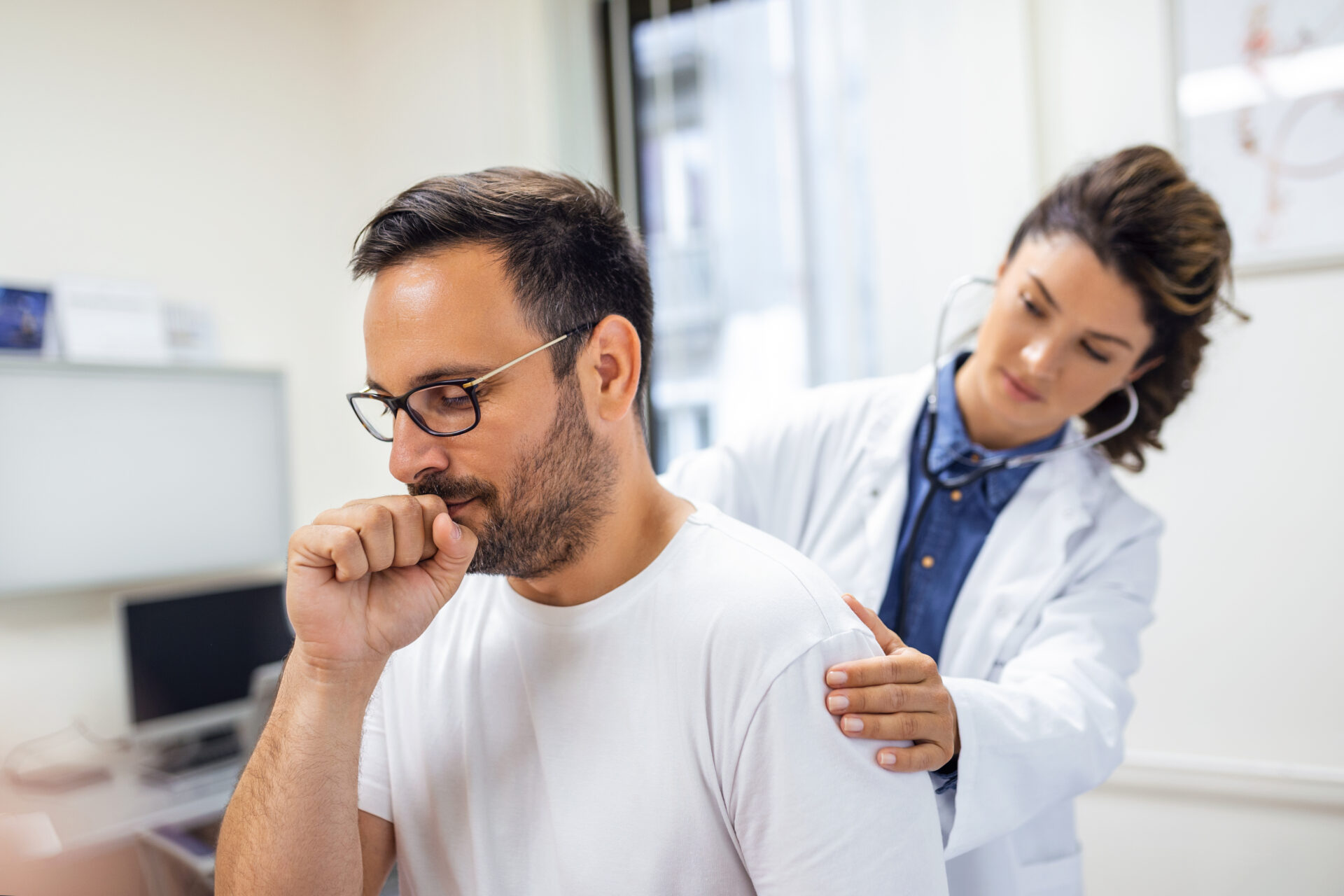With November being recognized as lung cancer awareness month, it is important for primary care providers to review screening guidelines.

Lung cancer is the second most common cancer and the leading cause of cancer deaths in the United States. With November being recognized as lung cancer awareness month, it is important for primary care providers to review screening guidelines for our patients with a history of smoking, such as the low-dose screening CT scan (LDCT). Smoking is the leading risk factor for developing lung cancer with an estimated 90% of cases including a history of smoking. Overall lung cancer has a poor prognosis so early detection is important to extend life expectancy and increase quality of life.
To qualify for this screening, patients must be between the ages of 50-80 years old, have a 20-year pack history, currently smoke, or have quit in the last 15 years. A pack-year is a way of calculating how much a person has smoked in their lifetime. One pack-year is the equivalent of smoking an average of 20 cigarettes—1 pack—per day for one year. Screening should continue yearly and should only be discontinued once the person has stopped smoking for at least 15 years or chronic health problems occur that limit life expectancy. Overall, research has shown a 20-24% relative reduction in lung cancer specific mortality with use of the LDCT screening.
Shared decision-making is important between providers and patients when discussing completing an LDCT. It should be understood by the patient that screening does not prevent most lung cancer deaths so smoking cessation is still essential. Other risks should also be discussed such as false-positive findings and exposure to radiation. Interventions such as referrals to assistance programs and the use of smoking cessation medications continue to be important in reducing the overall risk of lung cancer.